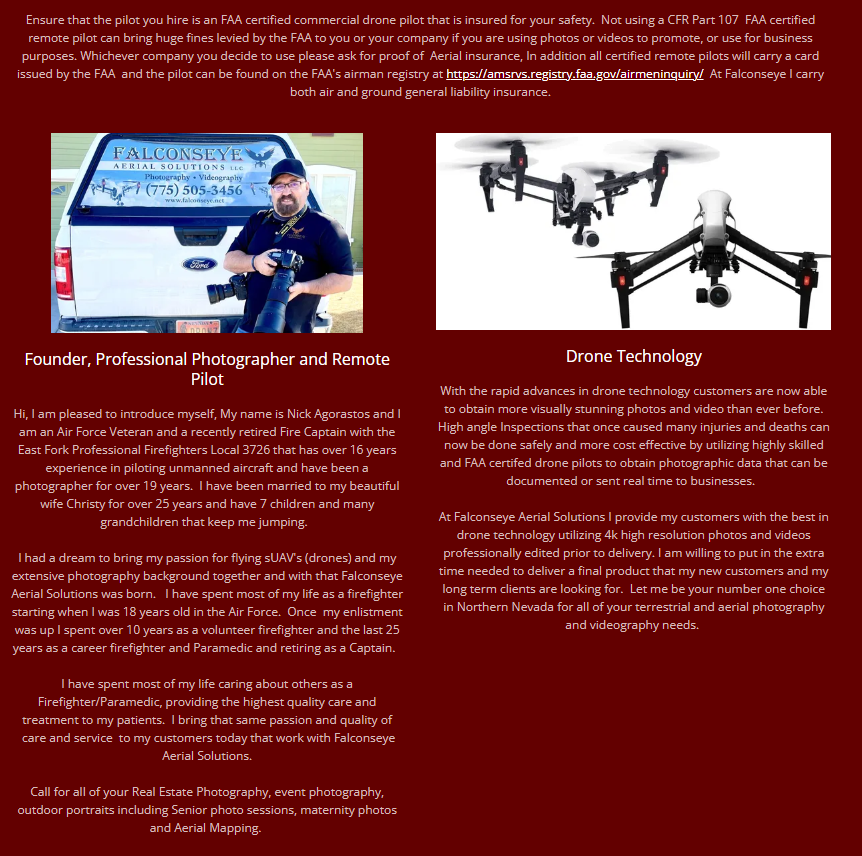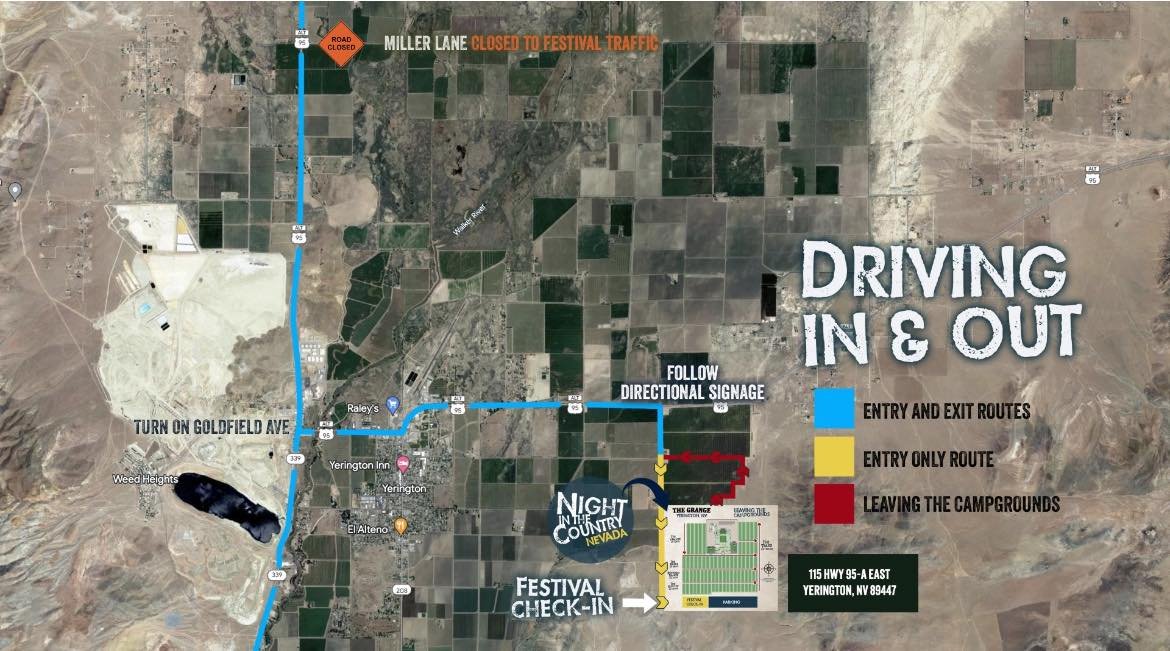Falconseye Aerial Solutions is local and veteran owned and operated. Please contact us for all of your photography, videography, mapping and inspection needs. Let us promote your business with targeted social media advertising. Call us today for quote. (775) 505-3456 https://falconseye.com/

Finding Fido: Using Thermal Camera Drones for Lost Dog Recovery

Introduction: Losing a beloved pet can be an emotionally distressing experience for any pet owner. The anxiety of not knowing where they are and the fear of never finding them again can be overwhelming. However, with advancements in technology, there are now innovative tools available to aid in the search and rescue efforts for our furry friends. One such tool is the thermal camera drone, a cutting-edge device that can make the process of finding lost dogs faster and more efficient than ever before.
Understanding Thermal Camera Drones: Thermal camera drones are unmanned aerial vehicles equipped with thermal imaging cameras. Unlike traditional cameras, thermal cameras detect infrared radiation emitted by objects, including animals, regardless of lighting conditions or obstacles. This technology allows them to capture images based on heat signatures rather than visible light, making them incredibly effective for search and rescue missions, especially in low-light environments or dense foliage.
The Advantages of Using Thermal Camera Drones for Lost Dog Recovery:
- Enhanced Visibility: Traditional search methods often rely on visual sightings or calls, which can be challenging, particularly at night or in densely populated areas. Thermal camera drones provide a bird’s-eye view, allowing search teams to cover large areas quickly and identify heat signatures, including those of lost dogs, with precision.
- Improved Search Efficiency: Searching for a lost dog can be a time-consuming and labor-intensive process, especially if the terrain is rugged or inaccessible. Thermal camera drones can navigate difficult terrain, such as forests, fields, or even urban areas, much faster than ground-based search teams. This efficiency can significantly increase the chances of locating a missing pet within a shorter timeframe.
- Versatility: Thermal camera drones are versatile tools that can adapt to various search scenarios. Whether the dog is hiding in dense vegetation, trapped in a remote area, or wandering through urban streets, thermal imaging technology allows drones to detect heat signatures from a distance, even through obstacles like trees or buildings.
- Non-Invasive: Searching for a lost dog can be stressful for both the pet and their owners. Traditional search methods, such as loud calls or extensive foot searches, may further frighten or disorient the animal. Thermal camera drones offer a non-invasive alternative, minimizing disturbances while effectively locating the missing pet.
- Enhanced Safety: Searching for a lost dog, especially in unfamiliar or hazardous terrain, can pose risks to both search teams and the pet itself. Thermal camera drones reduce the need for ground-based search efforts in potentially dangerous areas, thereby improving safety for everyone involved in the rescue operation.
Case Studies: Numerous success stories illustrate the effectiveness of thermal camera drones in lost dog recovery efforts. In one instance, a family in a rural area lost their dog during a stormy night. Despite extensive ground searches, they were unable to locate the pet. A thermal camera drone was deployed the following morning, and within hours, the dog was found hiding in a nearby wooded area, safe and unharmed.
In another case, a senior dog with impaired vision wandered away from its home into a densely populated neighborhood. Traditional search methods proved futile due to the dog’s limited mobility and the complex urban environment. However, a thermal camera drone quickly identified the heat signature of the lost dog within a park, leading to a swift reunion with its relieved owners.
Conclusion: Losing a dog is a distressing experience for any pet owner, but advancements in technology offer new hope for their safe recovery. Thermal camera drones provide an efficient, non-invasive, and versatile solution for locating lost dogs in various environments. By harnessing the power of thermal imaging technology, search and rescue teams can enhance their capabilities and improve the chances of reuniting families with their beloved pets. As these tools become more accessible and widespread, the future looks brighter for lost dog recovery efforts around the world.





More Stories
Mason Valley Tire in Yerington, Nevada
Nunez Mexican Restaurant at 516 W. Goldfield in Yerington NV
Eagle Ship and Print ~ est. 2023 in Yerington, Nevada